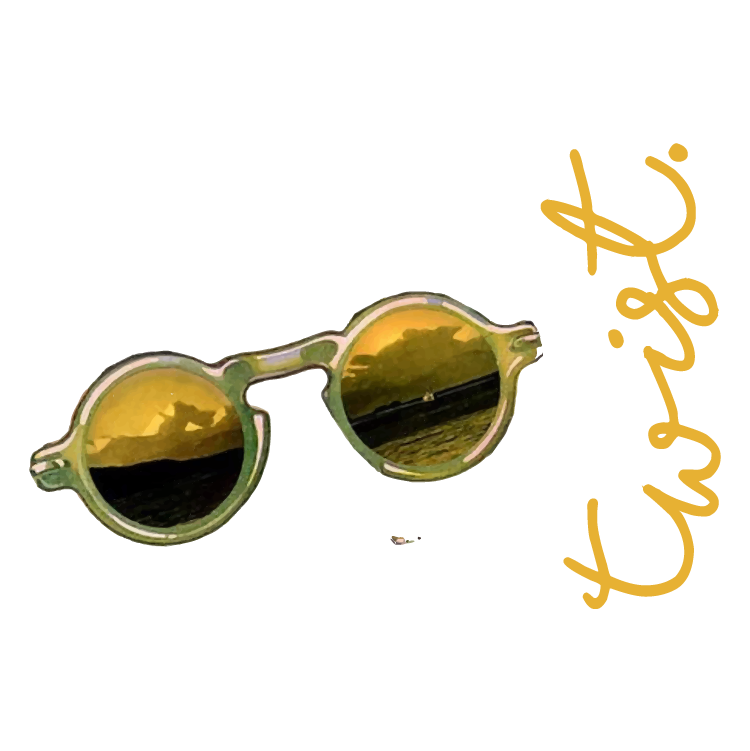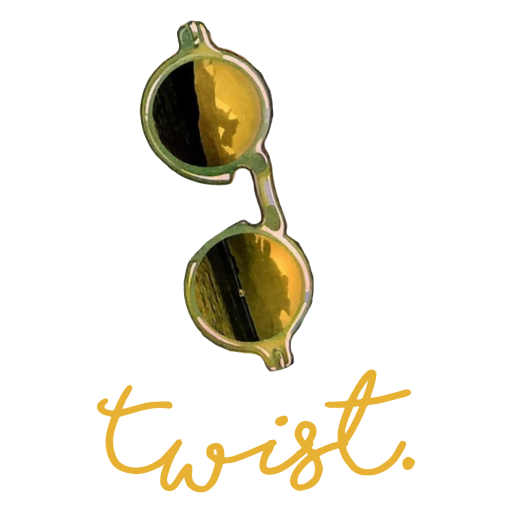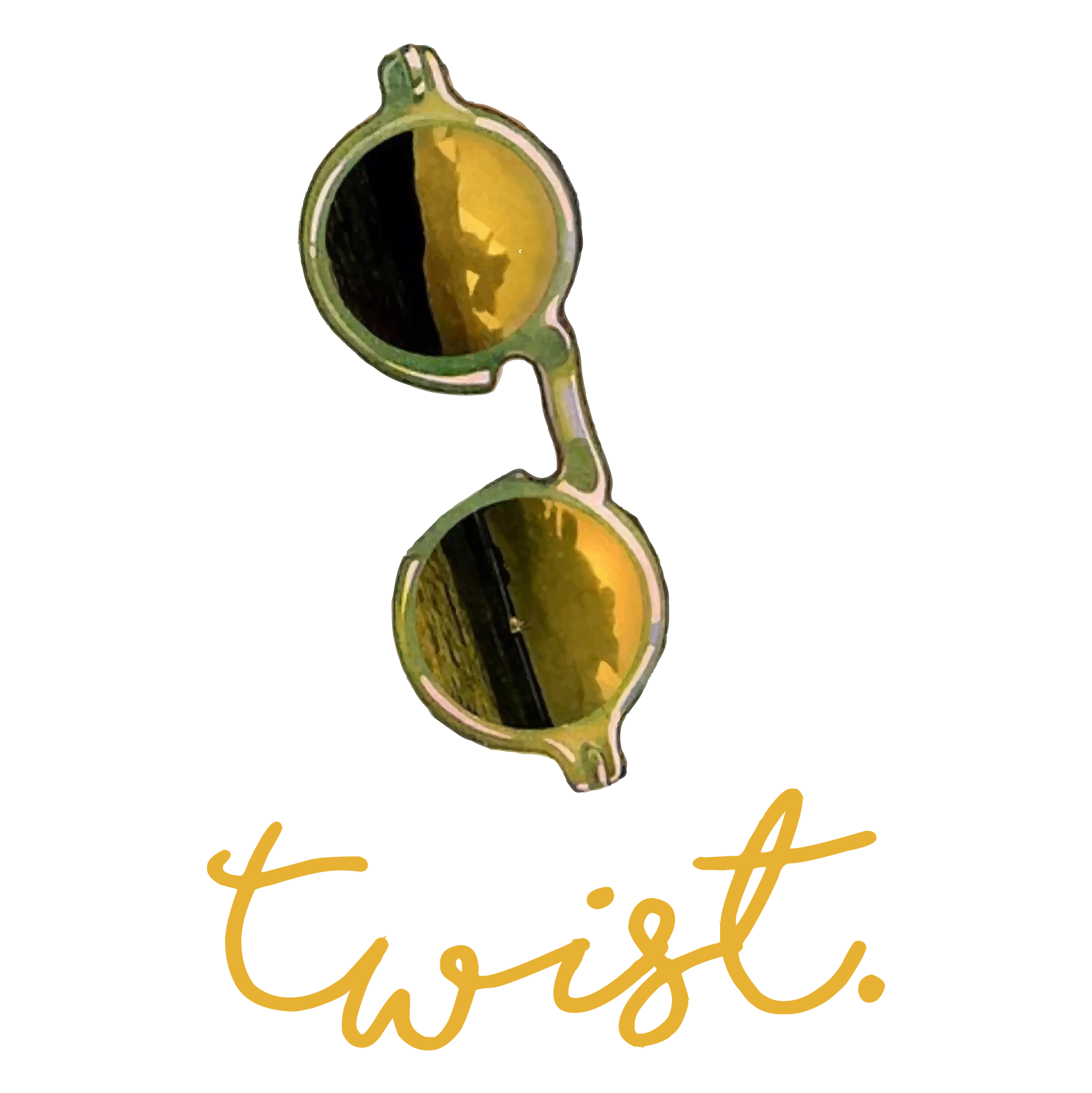Inside the introduction to the composition on “relatives,” Judith Viorst commences with her own private meaning of the phrase “friend.” Subsequently, in your body of these composition, Viorst divides their friends into eight types, what she telephone calls “varieties of relationship.” She has “special-interest family, traditional good friends, and cross-generation contacts,” and others. When Viorst keeps separated this model various friendships in doing this, she wraps up their article by going back to the lady initial definition of someone, and she alters that classification notably by developing upon it. This come back to the advancement permits Viorst’s composition ahead back to where it started, present the reader an echo of what she experienced believed earlier in the day (143–47). As a writer, in the event you connect your introductions and results in the same way, your essays is often more highly effective and far more memorable.
Concerning results, so many people depend primarily regarding conventional concluding terms these students taught in degree school, terms like “in bottom line” and “to summarize.” While those finish were appropriate, they’re extra like a referee’s commitment in boxing. They give a last word, however neglect to the particular “knockout” hit that creates a lengthy enduring sense.
When you create an article, you might want to truly visualize a significant wheel, much like Vanna White’s controls of money. Rather than providing that wheel several moves, however, you have to give one complete revolving only. Extremely, if you start off with a rhetorical query inside your advantages, make sure you respond to that doubt within the body of your own composition, and mean practical question again in the summary. Or, in the event that you commence with a startling account, you need to relate back again to that report in your judgment. Know, too, that your particular judgment doesn’t will have to allude exclusively in your advantages. You may want to remind an individual of some other immense terms, expressions, or tricks from the system of your own article. The key is in making a link to some extent you have made previously. Listed below are some cases.
During the early part of his composition “Learning to publish,” Russell Baker talks of his senior, 11th-grade instructor, Mr. Fleagle, as “stuffy, lackluster, and hopelessly outdated” (186). Nevertheless, after one particular paper, Mr. Fleagle would be very pleased with Baker’s composing it trainer read the article aloud into school and recognized the author exuberantly. Appearing right back with that feel, Baker regarded it a turning point in his or her lifestyle, so he concluded with a statement that displayed a sharp comparison to his own past description: “After that, I placed Mr. Fleagle the finest instructors inside school” (189).
In an essay entitled “Foul photos,” Rogelio R. Gomez, a Mexican-American author, recalls a tennis game they and his Hispanic teammates starred against an all-white professionals for the suburbs of San Antonio, Nevada. Though his team ended up being triumphant, just what Gomez remembers from that time could be the vilification the group acquired once one of the competitors sarcastically tossed a bag of Fritos at all of them. Back then, Gomez and his awesome teammates comprise therefore amazed people never state or do anything. Subsequently, the ability troubled Gomez for more than twenty years, plus his or her judgment, he or she creates, “For, usually, each time personally i think insulted, I’m reminded of these trip to Churchill premium. And whenever days gone by encroaches upon today’s, We witness my self rising boldly, moving with pride over the many years, and crushing, underfoot, a silly bag of Fritos” (369).
In a last model, Roxanne Roberts writes about the woman father’s self-destruction in a composition titled “The mourning never ever closes.” At the start of the composition, Roberts examines life to a can of white in color coating. She explains that each party in a person’s living gives the smallest fall of coloration; digestible styles, like pink and yellowish, tend to be for glowing events, and darkish hues, like brown and gray, become for unfavorable competition. A suicide, however, differs: “If a suicide happens, anybody hurls in a large glob of purple. We can’t have it aside. One can’t start again. The reddish will always be here, no matter how a lot of drops of yellow your add” (152)! Within the rest of this lady article, Roberts covers committing suicide as a whole, their father’s committing suicide basically, and the unwanted effects his own suicide has produced on her behalf daily life basically the lives of this model family unit members. Nevertheless for Roberts, she gets furthermore encountered a lot of constructive competition inside twenty years since the father’s demise, and she displays http://www.essay-writing.org upon these people within her judgment, a conclusion that income to the previous evaluation: “A lot of amazing stuff has took place when it comes to those a very long time, many shimmering droplets put into the combine. While I blend the coating now, it is a soft, dusky rose. A grownup’s coloring, with a touch of bouquet and a touch of melancholy” (157).
Whenever you conclude an address, the target audience people typically have for you personally to want to know questions about your very own big aim. Whenever you create an essay, regrettably, your readers hardly ever need that possible opportunity to want to know query to clarify or illustrate the point. Therefore, your very own essay’s bottom line is unique, the one will reverberate in your reader’s psyche even after your wheel of luck has stopped rotating.
Baker, Russell. Maturing. Plume, 1982.
Funk, Robert, et al., editorial staff members. The Simon and Schuster Short Prose Viewer. Prentice Hall, 1997.
— -. The Simon and Schuster Light Prose Visitor. 2nd ed. Prentice Hall, 2000.
Gomez, Rogelio R. “Foul Shots.” Funk, et al., 1997, pp. 367–69.
Roberts, Roxanne. “The Grieving Never Stops.” Readings for people, 9th ed., edited by Jo beam McCuen and Anthony C. Winkler, Harcourt Brace, 1998, pp. 151–57.


